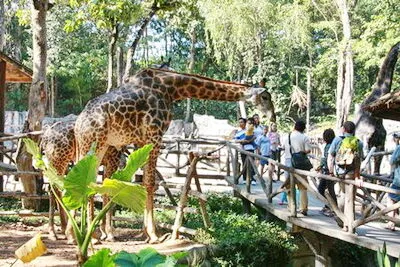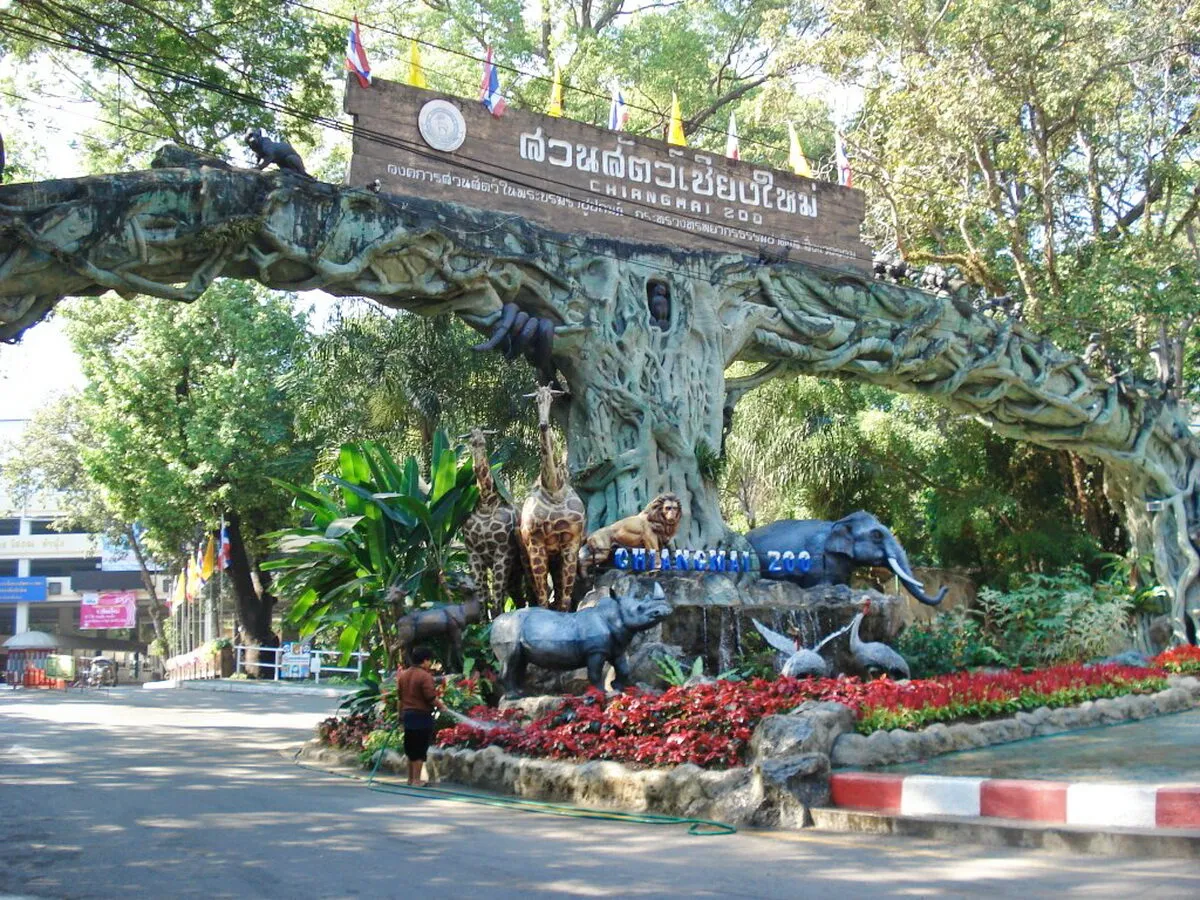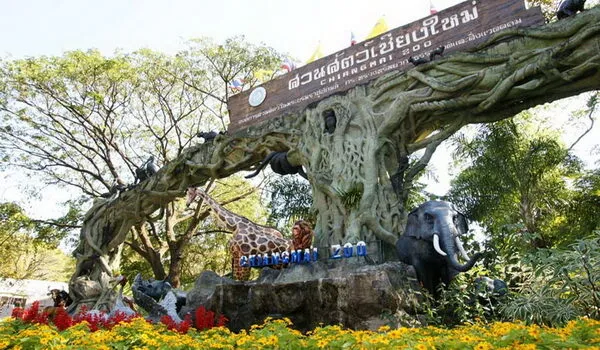Ensuring Animal Comfort Amid Dropping Temperatures
The Chiang Mai Zoo, nestled at the foot of a mountain in northern Thailand, is taking proactive steps to safeguard its animals as nighttime temperatures dip to around 10 degrees Celsius. Known for its cool climate, especially during the colder months, Chiang Mai often experiences sharp temperature drops, particularly in the evenings and early mornings.

Comprehensive Measures for Animal Welfare
To maintain the health and comfort of its diverse animal population, the zoo has implemented several key strategies:
- Heat Lamps and Habitat Adjustments:
- Heat lamps have been installed in animal enclosures to provide warmth.
- Additional layers of hay are being used in habitats, especially for animals such as deer, reptiles, and domestic monkeys that rest on the ground.
- Nutritional Support:
Animals are receiving vitamins and food supplements to boost their resilience against the chilly weather. - Specialized Shelters:
For species like turtles, dedicated shelters have been built to shield them from cold winds, ensuring their comfort and health. - Aquarium Temperature Regulation:
The zoo uses 16 LPG canisters daily to maintain aquarium water temperatures between 25 and 27 degrees Celsius, ensuring aquatic life remains unaffected by the cold.

Extra Care for Sensitive Species
Zoo director Wutthichai Muangman emphasized the need to closely monitor exotic animals, including macaws and sulcata tortoises, which are particularly sensitive to temperature changes. These species are provided with additional heat lamps and extra bedding to prevent health issues during the colder season.
Commitment to Animal Welfare
The Chiang Mai Zoo’s proactive approach highlights its commitment to animal welfare, ensuring that all species, from reptiles to birds, thrive despite the challenging weather conditions. These measures not only safeguard the health of the animals but also enhance the experience for visitors who come to enjoy the zoo’s diverse wildlife.


